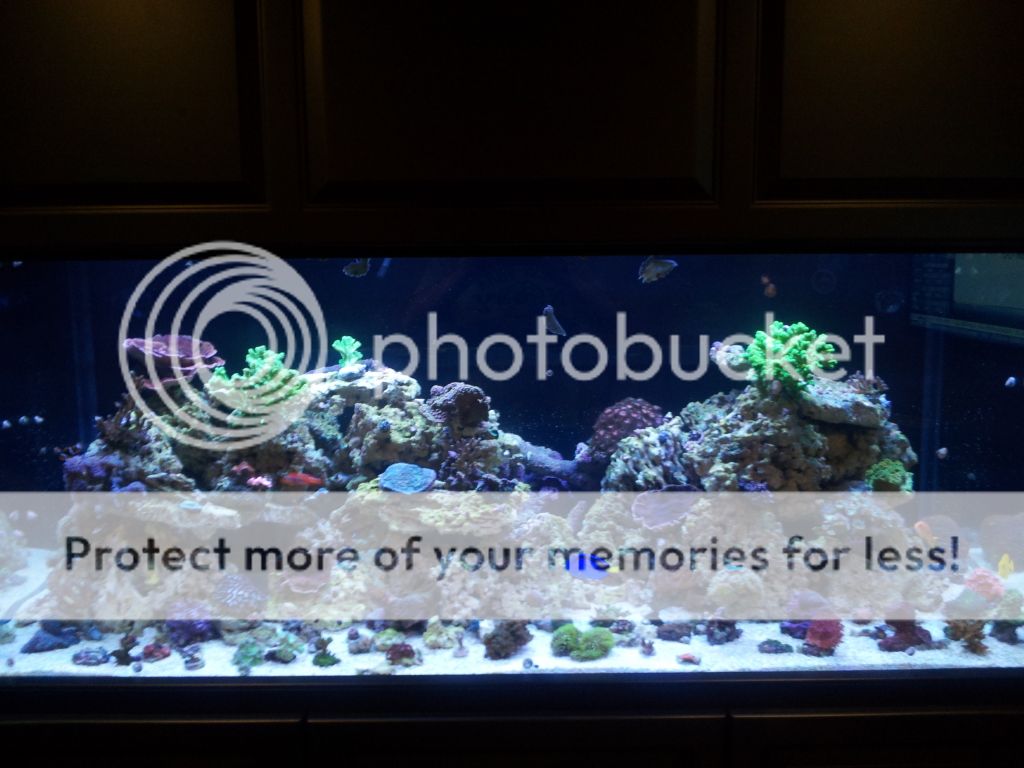http://www.amazon.com/Hanna-Instrum..._2?s=industrial&ie=UTF8&qid=1332509315&sr=1-2
Hanna Phosphate is "0.00 to 2.50 ppm (mg/L) with precision + or - 0.04 ppm (mg/L)"
Hanna Phosphorus is ""0 to 200 ppb with precision + or - 5% ppb"
So ppm vs ppb, parts per million/billion? How would this compare to the API phosphate test I am currently using? I am getting a reading of 1.0ppm with my 20lbs of Pukani. Wouldn't 1ppm equal .001ppb?
1 ppm = 1000 ppb, but it is more complicated than that. The Hanna 736 reads in ppb phosphorus. Probably they did that to make it seem even more accurate than it really is. You need to multiply phosphorus readings by 3.07 to get phosphate.
So 5 ppb phosphorus (from the HI736, for example) = 5 x 3.07 /1000 = 0.015 ppm phosphate.

